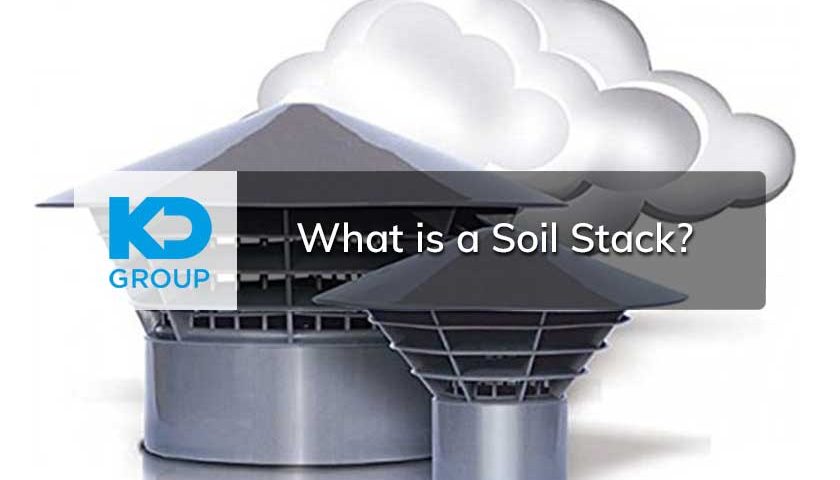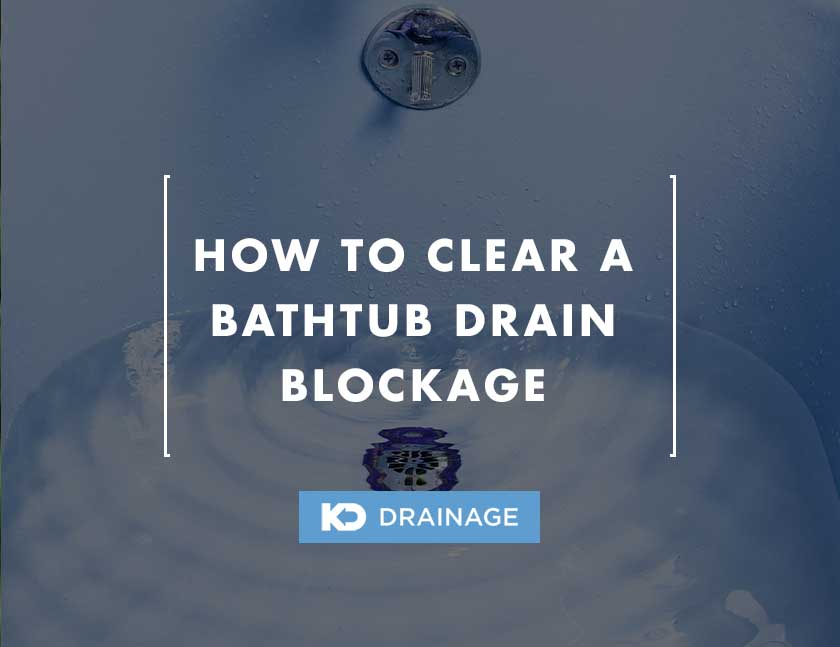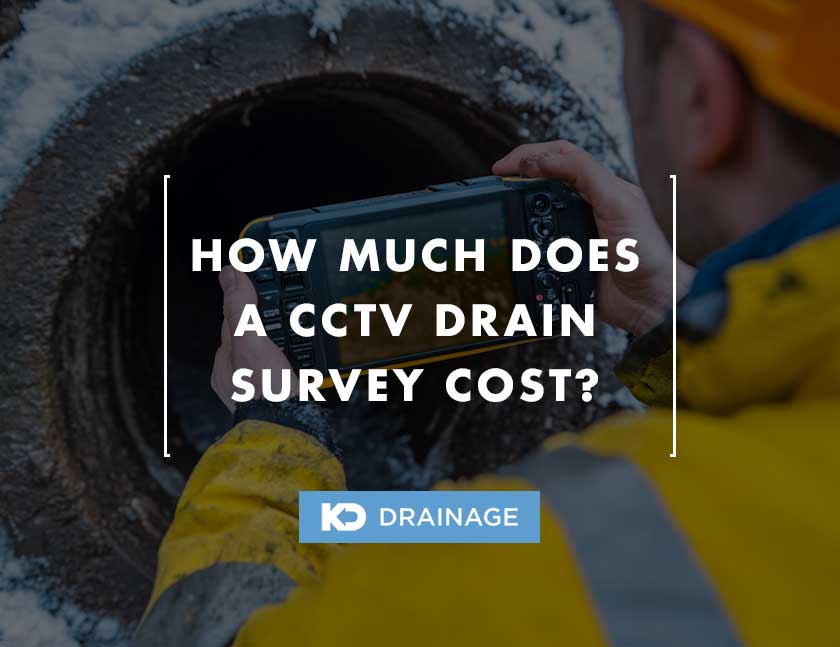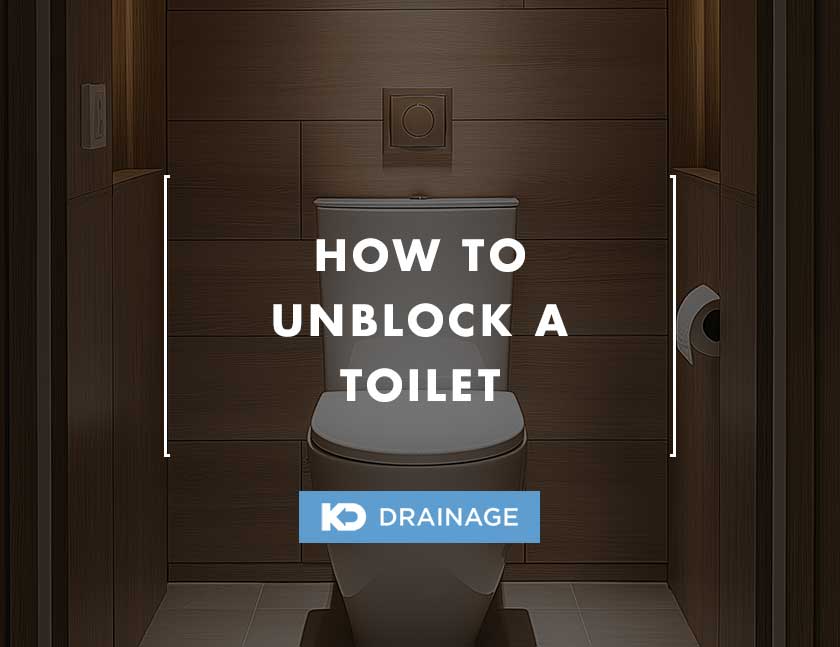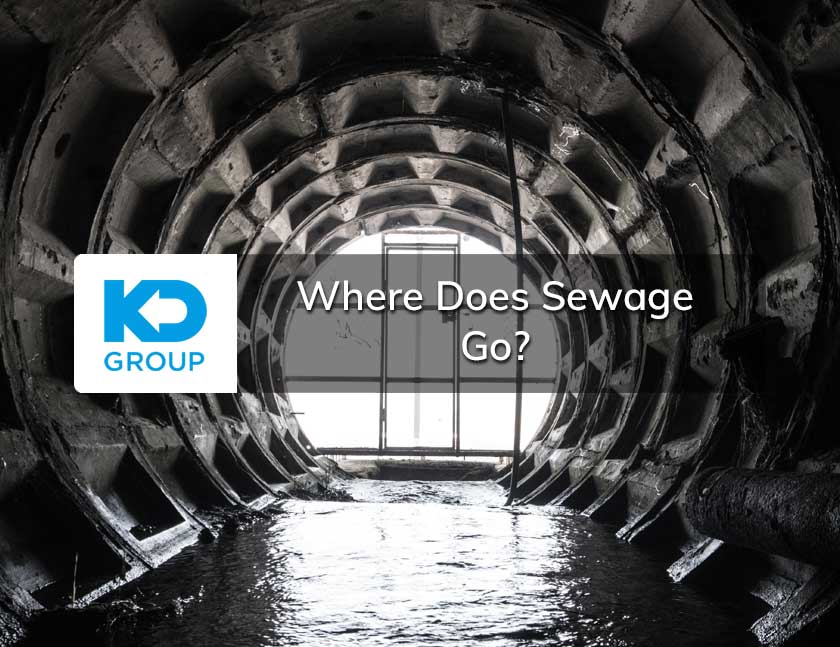
Where Does Sewage Go?
1 August 2022
How Often Should a Septic Tank Be Emptied?
1 October 2022What is a Soil Stack?
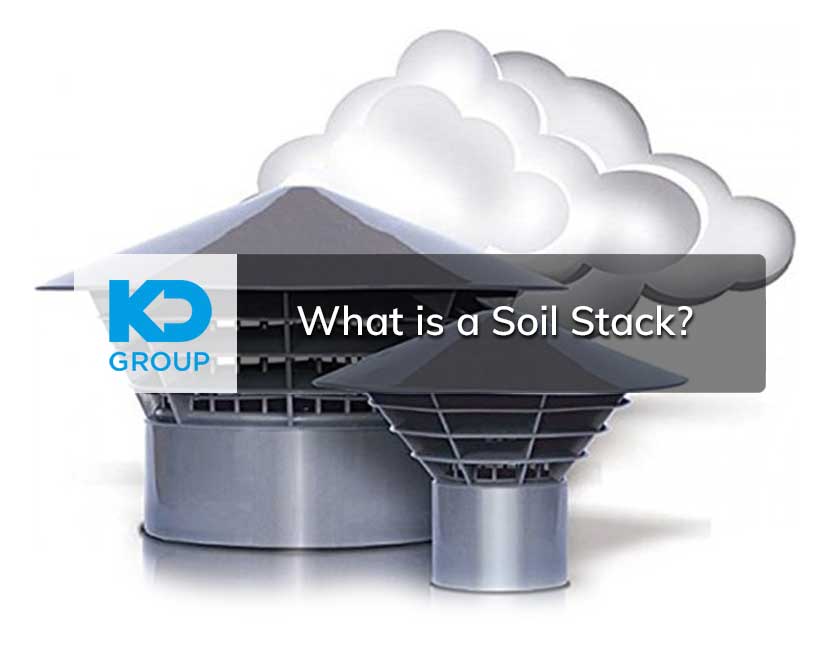
Image credit: Amazon
Whenever we flush our toilet, or drain water from the sink or bath, we seldom give a thought to how that wastewater is taken away or where the sewage goes.
However, there is a whole series of pipes that takes care of this.
A critical part of this system is the soil stack pipe.
Let’s take a more in depth look at how soil stacks work, and what they’re for.
Table of Contents
What is a Soil Stack?
For any sink, bath or toilet, there’s a series of interconnected pipework, which includes the soil pipes or waste pipes.
The latter are a series of horizontal pipes which transport the used wastewater and matter away from the building, into a vertical pipe located outside.
This vertical pipe is referred to as the soil stack.
The soil stack is a rather long pipe which will span the full length of the building.
It comprises a vent at the top, which allows air to enter so that the water can move.
This also serves to allow gasses to exit to reduce any unpleasant smells which might be released.
At the bottom of the soil stack there’s another soil pipe which goes underground.
This connects to the main sewage system or to a septic tank installation.
How Does a Soil Stack Work?
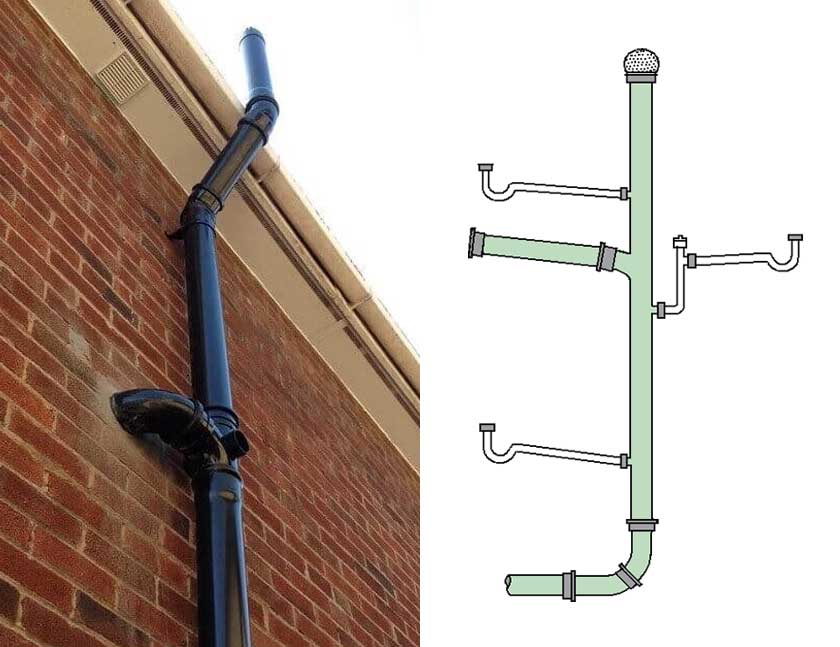
Image credit: Martin Reid, EasyMerchant
Soil stack pipes can be found in any type of building.
However they are more common in residential homes and smaller premises.
When there is a soil stack, this pipe will be running vertically from below the building, and to a vent situated on the roof.
Typically a whooshing sound is heard whenever the wastewater flows down from the drain.
This wastewater will flow through a wastewater pipe to make its way to a centrally located soil stack.
A gravity system is most common in residential buildings.
In such a system the waste pipes will be fixed in a way that they will be slanting down, in order to make use of the force of gravity to assist in waste removal.
As soon as the water reaches the vertical soil stack, the solids and the liquids will travel downwards, whilst the gasses naturally head upwards.
Right at the bottom of the soil stack there is an exit point.
This will lead the wastewater to move to the waste removal system, which could be a septic tank, a sewer. or even a cesspit.
The upper end of the soil stack is generally an open pipe, so that gasses can be vented out into the atmosphere where they can dissipate quickly.
In some cases, such vents will have a covering to prevent insects or birds from getting into the pipe system.
As the top of the soil stack is exposed to the air, there is a neutral pressure system.
Hence, the air pressure within the pipes will be the same as that on the outside.
As a result, the solids and gasses will start to move in separate directions without leading to a suction effect.
How Soil Stack Pipes Get Blocked
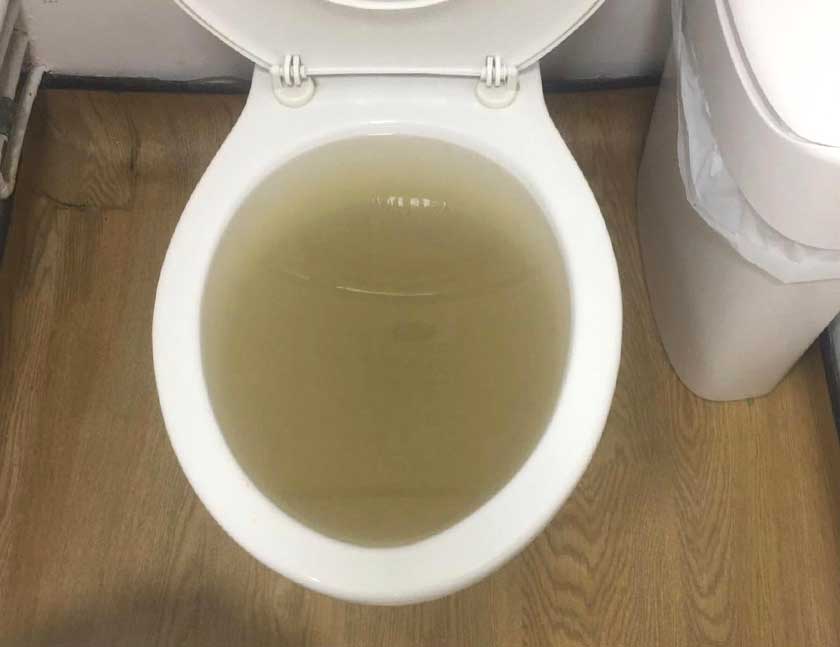
There are a number of ways through which soil stack pipes could end up getting blocked.
The horizontal pipes often get blocked due to the presence of non-flushable items.
This could include grease, oil and other non-biodegradable items.
Typical examples are baby wipes and cleaning wipes.
The vertical pipe could also be affected by fats, oils and grease, as well as the build-up of uratic salt.
This will end up narrowing down the soil stack pipe, resulting in the waste to remain in the pipe system as it will not be able to flow through.
There could be a blockage in the soil system if you notice any one or more of the following signs:
- Toilets start to empty at a slower speed than they usually did
- Toilets can be blocked for some time
- Showers, baths and sinks do not drain the water as quickly as they used to
- There could be a smell coming from the drains
Typically, the blockage will be much worse at the bottom of the soil stack pipe as at that point the waste will have built up.
So in more serious blockages there could also be water bursting from the joints, or overflowing dirty water coming from the bottom of the pipe.
How to Prevent Soil Stack Pipes Blocking
Soil stack pipes getting blocked are ideally prevented as various problems and costly repairs will end up following.
Hence, regular maintenance is highly recommended.
In this way any issue can be identified early on.
Uratic salt buildup can be kept to a minimum and other debris will also not be allowed to accumulate if a regular maintenance plan is followed.
Repairing Soil Stacks
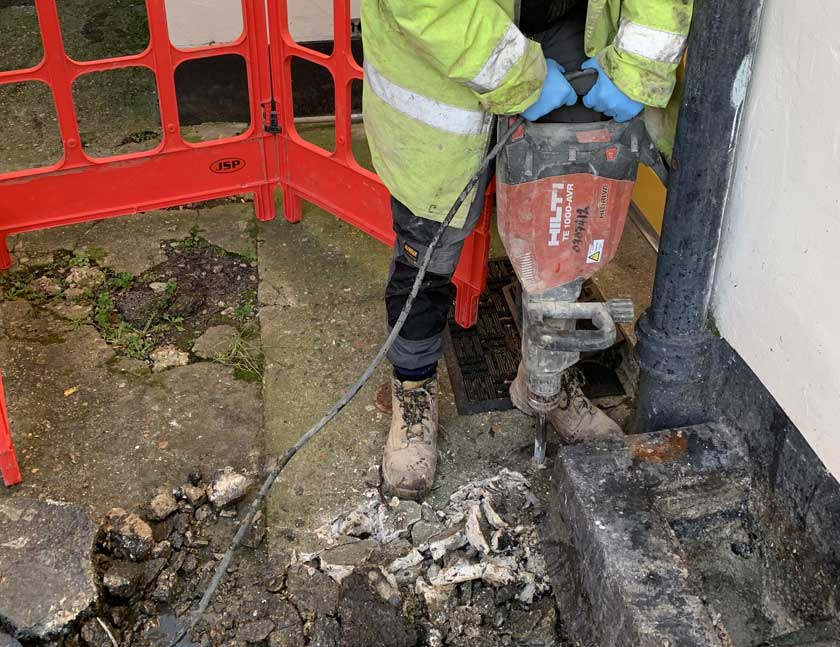
Should your soil stack or waste pipes require repair, it’s crucial to call a professional drainage company who specialise in this type of plumbing.
Repairs are required in case of the pipes suffering structural damage.
This could have been caused by tree roots or other natural causes.
Flooding may also cause damage to soil stacks and pipes.
The problem will need to be assessed so that the best solution can be found.
In many cases, if the problem is addressed immediately, non-invasive solutions can be applied.
For most soil stack repairs, generally a new pipe will be wrapped over the inside of the damaged pipe.
In such a way the structural damage can be sealed effectively.
Digging may however be necessary in more serious cases where extensive repairs are deemed necessary, or should the soil stack unit need to be replaced completely.
What’s the Difference Between Soil Stacks & Waste Stacks?
In the drain waste vent system there will be multiple stacks.
What is commonly referred to as greywater will go to the waste stack.
This type of water comes from sinks, baths, showers, washing machines and other appliances.
On the other hand wastewater from the toilets will go directly to the soil stack.
While the soil stack and the waste stacks often run parallel to each other, they do not touch.
Another key difference between them is that most soil stacks are wider than waste stacks.
This is mainly to allow any solid waste to flow more easily through them.
Conclusion
Since soil stacks are responsible for sending waste out of the building and lead gasses to be vented up in the air, they are important parts of the system.
Regardless of the plumbing system’s design, at least one stack will be incorporated.
It is important to ensure that any signs of blockages are tackled immediately to avoid problems and costly repairs.
It is always advisable to contact a drainage professional to handle maintenance and repairs.

